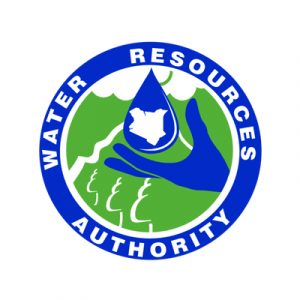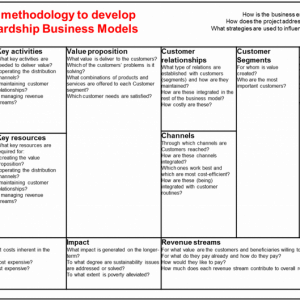Detailed Description
The River Rwizi catchment underpins community livelihoods and is also important for the local Industries operating in the region, such as the Coca-Cola Company. The catchment requires conservation and restoration in order to stabilize the water flow in the river system, especially in the dry season when low flow has led to rationing for households and also for industries. The partnership to address these issues unified to carry out, several successful activities in the Act Phase, which has been a big success.
As a first step, a rapid assessment was carried out, outlining the most urgent needs and opportunities for interventions. After this, a more extensive Water Risk and Opportunity. Assessment (WROA) was successfully performed and provided additional information about the broader context carried out. This WROA also forms the basis for broader discussions and decisions about the catchment and its general challenges. It identified possible solutions to water risks in the form of a comprehensive list of mitigation actions ranked by importance. Key success factors in the Act Phase also included the proper sensitization of the general public and the beneficiaries for the planned interventions, including exchange visits with beneficiaries to ensure that the interventions were understood and accepted by all stakeholders. In addition, this sensitization such as multi-stakeholder fora and radio talk-shows.
Furthermore, under the leadership of the Victoria Water Management Zone (VWMZ – regional unit of the Ministry of Water) the Rwizi Catchment Management Organization (CMO), was strengthened and included from the beginning, which enhanced local and institutional ownership. All planned interventions were presented to the CMO, and regular progress reports were made.
These tools and processes resulted in, among other achievements, the restoration of 500 hectares of wetlands, improved community livelihoods derived from the restored wetlands as well as from Environmental Conservation Fund that was provided to the community for alternative livelihood, as well as a strengthened and well-functioning Catchment Management Organization that has continued to operate after the end of the partnership and hence ensuring sustainability of interventions.





